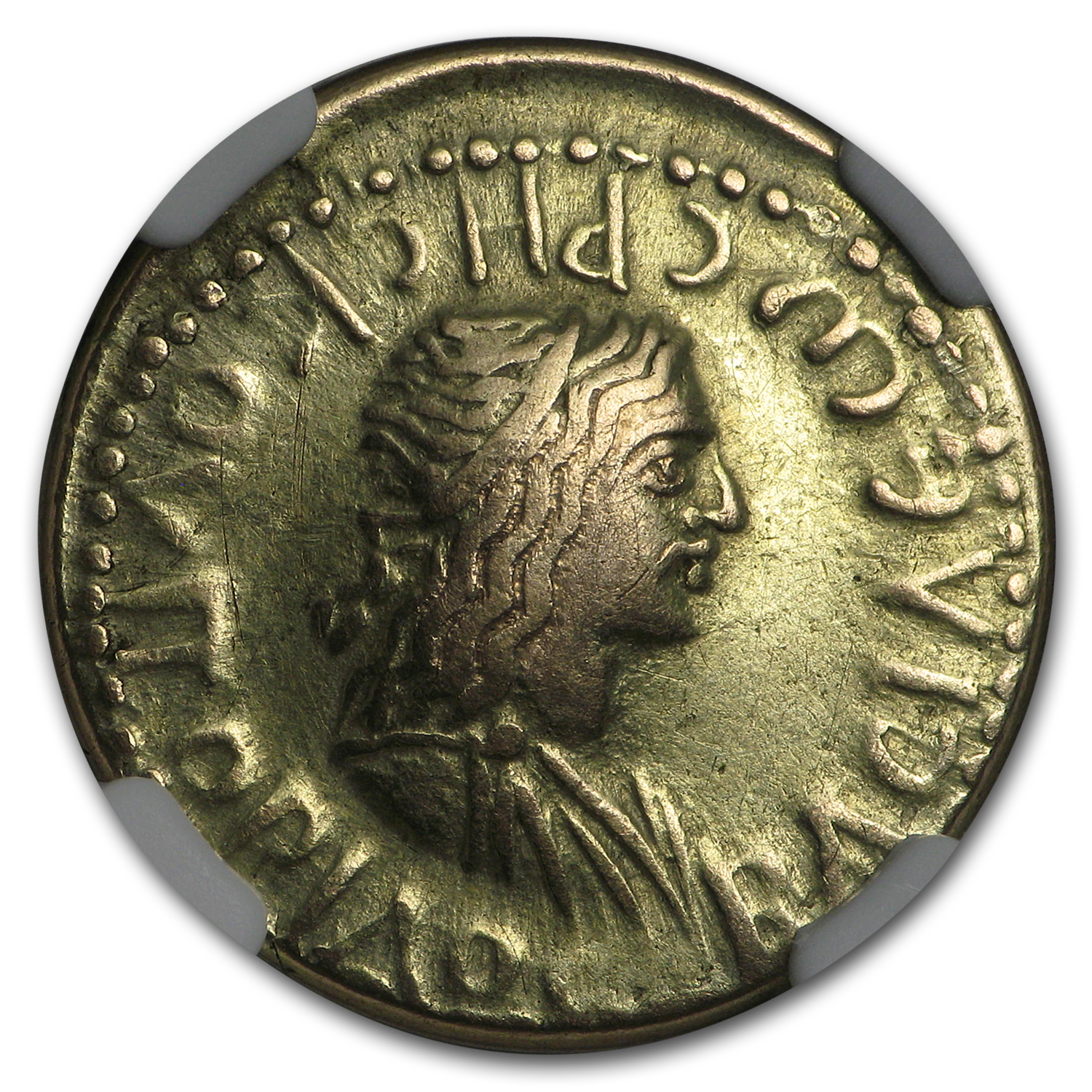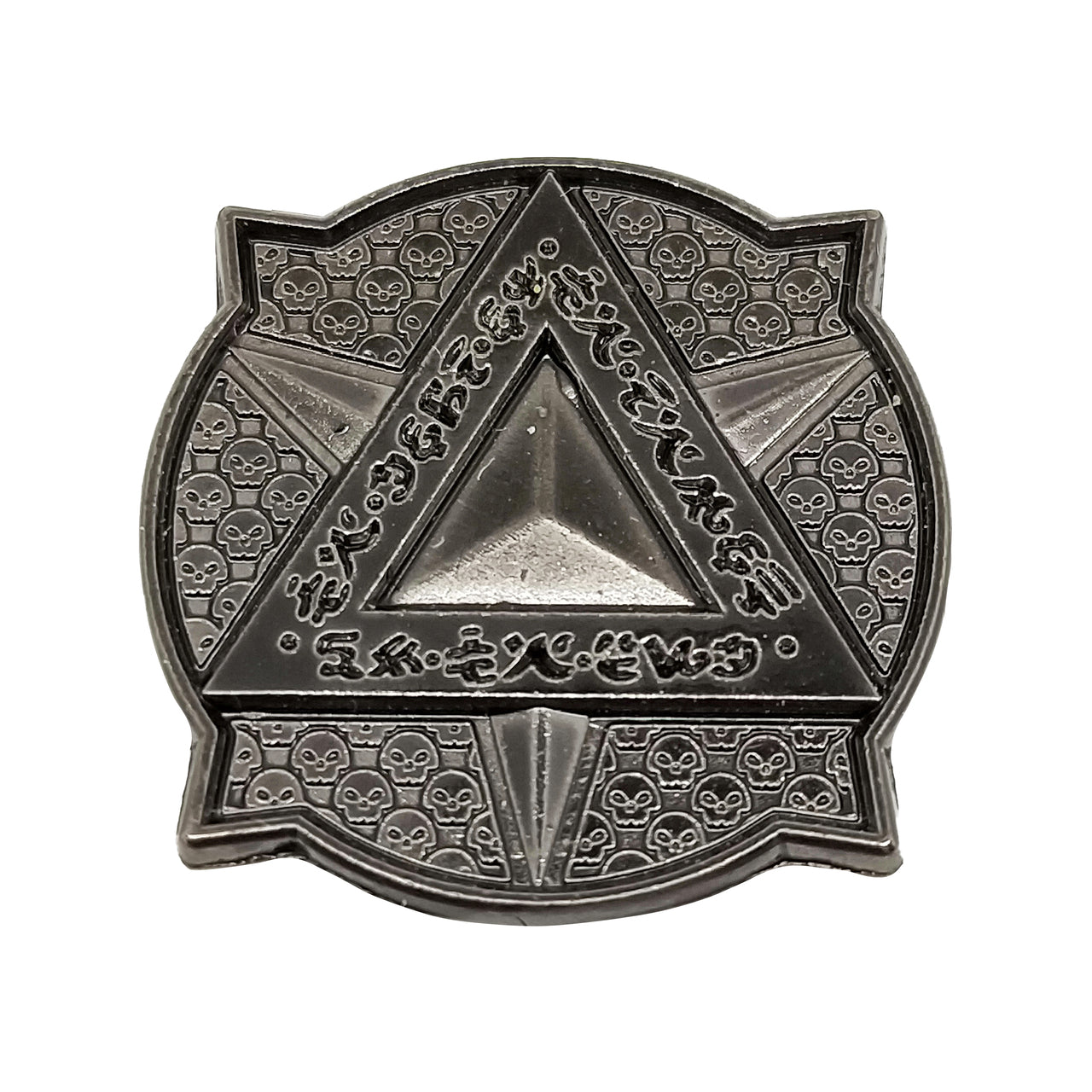
In later coinage from these areas, dating to 326 BC, the gold content averaged 40% to 41%. In the early classical period, the gold content of electrum ranged from 46% in Phokaia to 43% in Mytilene.

Analysis of the composition of electrum in ancient Greek coinage dating from about 600 BC shows that the gold content was about 55.5% in the coinage issued by Phocaea. The name is mostly applied informally to compositions between about 20–80% gold and 20–80% silver, but these are strictly called gold or silver depending on the dominant element. The modern use of the term white gold usually concerns gold alloyed with any one or a combination of nickel, silver, platinum and palladium to produce a silver-colored gold.Įlectrum consists primarily of gold and silver but is sometimes found with traces of platinum, copper, and other metals. Electrum was often referred to as " white gold" in ancient times, but could be more accurately described as "pale gold", as it is usually pale yellow or yellowish-white in color. It is from amber’s electrostatic properties that the modern English words "electron" and "electricity" are derived. The same word was also used for the substance amber, likely because of the pale yellow color of certain varieties. The name "electrum" is the Latinized form of the Greek word ἤλεκτρον ( ḗlektron), mentioned in the Odyssey referring to a metallic substance consisting of gold alloyed with silver.

For several decades, the medals awarded with the Nobel Prize have been made of gold-plated green gold. The first known metal coins made were of electrum, dating back to the end of the 7th century or the beginning of the 6th century BC. It was also used in the making of ancient drinking vessels. Įlectrum was used as early as the third millennium BC in Old Kingdom of Egypt, sometimes as an exterior coating to the pyramidions atop ancient Egyptian pyramids and obelisks. It has been produced artificially, and is also known as " green gold". Its color ranges from pale to bright yellow, depending on the proportions of gold and silver. 625–600 BC ( Louvre)Įlectrum is a naturally occurring alloy of gold and silver, with trace amounts of copper and other metals. All ancient coins were struck by hand using a hammer with a die enclosed and striking a blank against an anvil.Brooch with a griffin protome, from the necropolis of Kameiros, Rhodes, c. All Chinese coins of that era were cast and the majority of them were round with a square hole in the center to they could be tied together. The use of coins in China and Asia became popular as early as the 11 th Century BC.

Many generals received quantities of coins from their emperor as a reward for gallant service or to be shared with their troops after a victory.īy the 11 th Century, Chinese cast copper coinage was becoming available and popular. They also struck coins to honor their golds, great victories, or battles as well as feasts or other celebrations. Roman emperors took it upon themselves to commemorate their reigns by striking coins throughout the years of power.

A type set of ancient Greek coins comprises many types and includes some beautiful coinage, including the highly popular and symbolic Athenian Owl coinage. The Ancient Greeks raised the striking of coins to a fine art and were very adept at creating images to honor their gods as well as their way of life. The Byzantine Empire closely followed Persia and Byzantine gold coins are, while still of value, are some of the most beautiful and available ancient gold coins. The Daric of Persia was seemingly the very first and most popular early gold coin. Some were struck in bronze, silver, or electrum, which is a mixture of naturally occurring gold and silver. The early ancient coins tended to portray images of Lions heads, horses, or other animals. Coins from ancient India were influenced by Greek coins, Islamic coins, and early Roman coinage. Many other early ancient coins are from Sumer, Lydia, Babylonia, and other places along the Greek coast.Įarly Islamic influences were in coinage of the Seleucids, Parthians, as well as the Sassanians. Many of them feature the temple of Artemis, which is one of thew wonders of the ancient world. The very first known coins are from Ephesus, a city in Ancient Greece. Ancient coins are those from ancient civilizations.


 0 kommentar(er)
0 kommentar(er)
